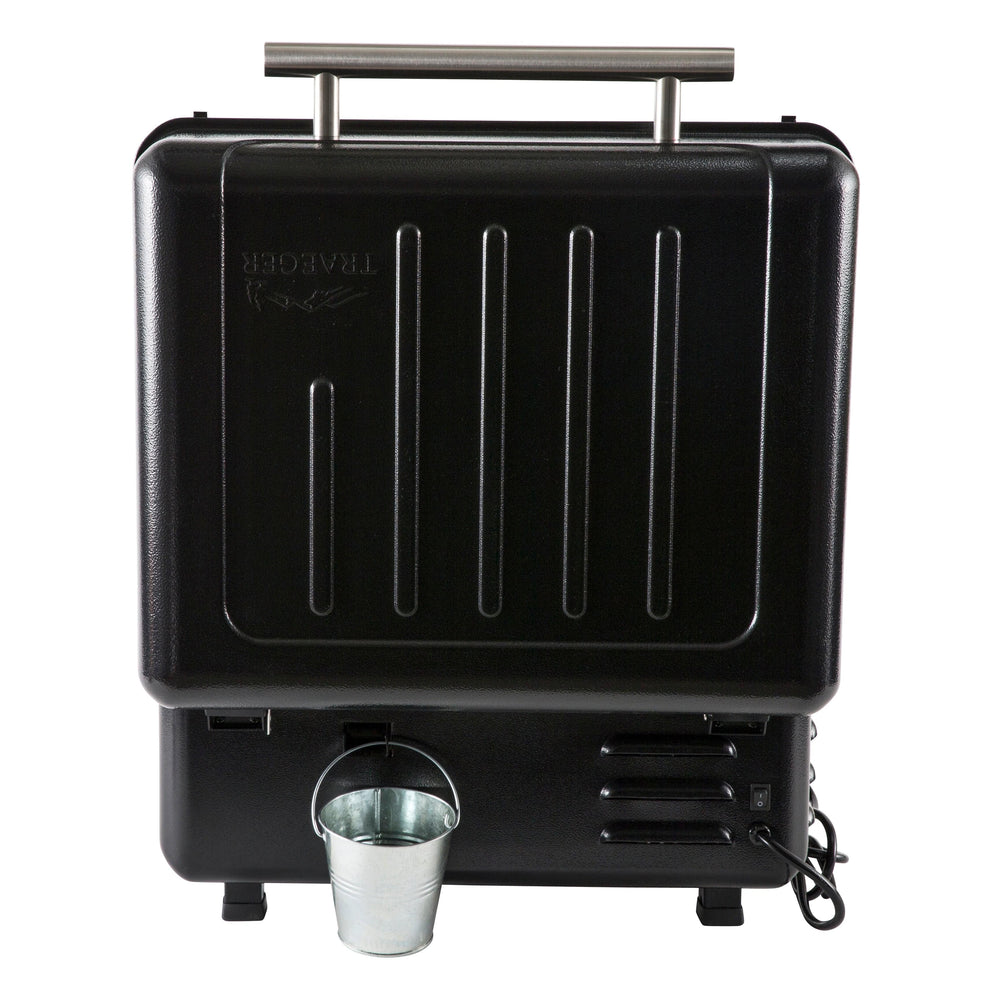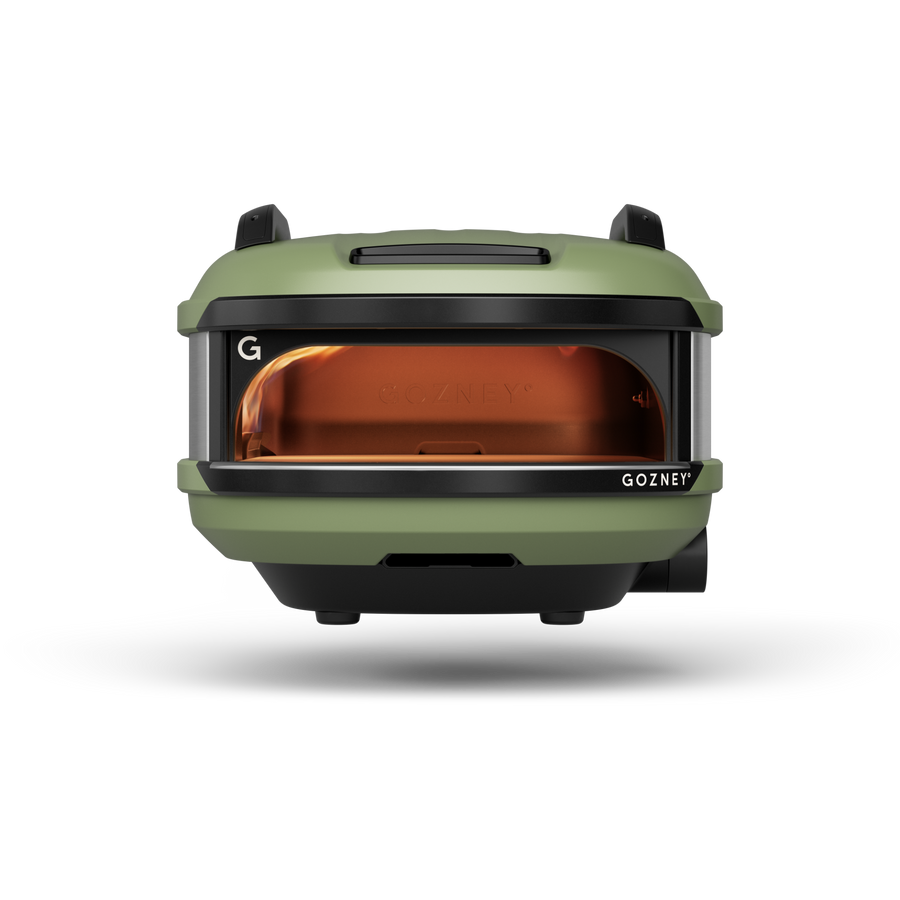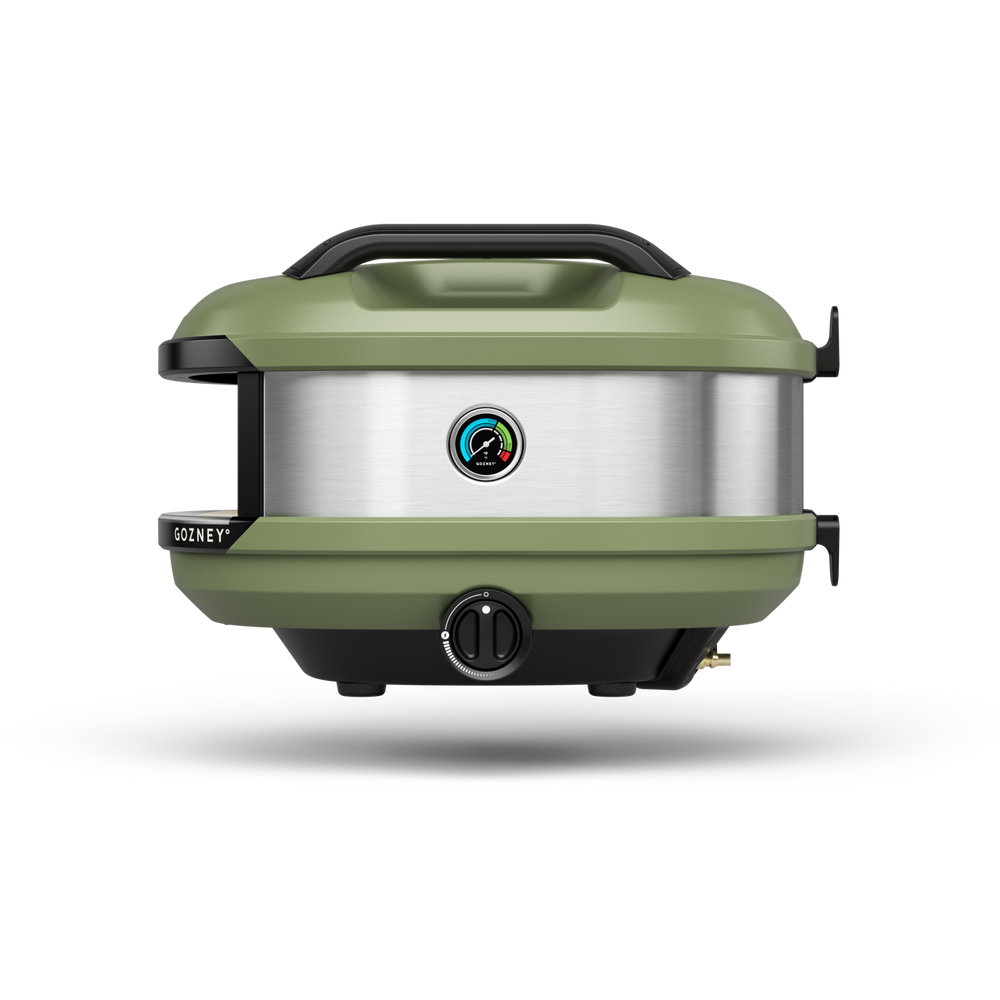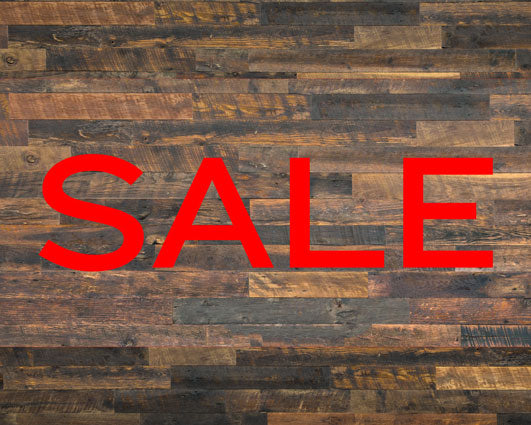Parrilla Wood Choice
Your choice of wood- when cooking with Real Live Fire.
By Matt @ Black Box BBQ

As the saying goes, when adding wine to cooking, do not use bad wine.
Same goes for open fire cooking, do not use bad wood.
Now wood famously grows on trees, however that doesn’t mean you can just cut a tree down and start cooking. Almost every tree in the UK is “owned” by someone and that may not be the person who lives on the land or even the person that owns the land. Some trees are protected or have TPO’s (tree preservation orders) and it is a criminal offence to cut them down or damage them intentionally.
There are local laws and bylaws relating to the gathering of wood from common land, please check with your local authorities about this.
At the end of the day it is going to be difficult to “gather” enough wood fuel to build a store that will allow you to cook on a regular basis.
To this end you may need to purchase wood. If you look on the internet or ask around at local farm shops or even just keep your eyes peeled whilst driving around, you’ll soon find someone selling logs.
You should ask for single species, seasoned logs. Please note you can get your own unique smoke profiles my combining different woods at different stages of your cook.
Different species take different amounts of times to season properly. Whichever species for wood you choose, (see notes below for flavour profiles), it really should be the very best quality. Good quality seasoned wood comes from suppliers who care about what they are producing, so where possible find someone who is managing a sustainable woodland.
In the UK there are some fantastic native species that are excellent for cooking and are very flavoursome.
The main cooking woods in the UK include:
- Birch
- Oak
- Chestnut
- Beech
- Hazel
- Apple
- Cherry
Less available cooking woods in the UK include:
- Alder
- Elm
- Plum
Imported cooking woods to the UK include:
- Olive
- Hickory
- Pecan
- and many more!
Cooking Woods:
Birch (and to some extent Alder as they are from the same genus)
Uses: Pork or Oily Fish. Works well with fruits
Profile: Sweet smoke due to the sugar content in the wood. The bark gives an intense burst of smoke.
Notes: Gives a good even heat. Burns quickly so not ideal for very long cooks. Makes nice coals with a good glow. The bark can be peeled off and used as tinder to light your fire.
Oak (American, English, French, Holm)
Uses : Beef, Pork, Oily Fish, Vegetables, Fruit and Cheese.
Profile: An all-round excellent cooking wood gives high heat but long burn time. Mild Smoke gives the “traditional” smoke flavour we all know and love.
Notes: Has to be well seasoned as unseasoned the smoke can be bitter. Works well blended with other woods like apple and cherry as does not form coals instead going straight to ash.
Chestnut
Uses: Pork, Beef, Mushrooms and Cheese.
Profile: A light subtle smoke with no bitterness.
Notes: A good solid wood splits nicely, burns hot with minimal flames
Beech
Uses: Beef and Pork, Oily Fish, Vegetables and Fruit, Cheese.
Profile: A good clean smoke mostly associated with hot and cold smoking. E.g. smoked salmon or kippers.
Notes: Beech is used as the base wood in a lot of Cold smoking as its burn is very consistent as a sawdust with other woods added to up the flavour. As a cooking wood it can be challenging as it is quite sparky and pops a lot.
Hazel (see notes on Birch as from the same genus)
Uses: Pork, Goat and Poultry
Profile: a very rich smoke similar to Birch in its sweetness.
Notes: produces low flames but is consumed quickly so not ideal for long cooks. Hazel is used a lot in the production of charcoal in the UK, being coppiced extensively as part of good woodland management.
Apple
Uses: Everything and anything you want.
Profile: A wonderfully fruity sweet-smelling smoke.
Notes: Burns hot and slow with minimal flames and is one of the best cooking woods and smoke profile combinations that will work with almost anything you want to cook.
Cherry
Uses: Pork, Duck and fruits.
Profile: A nicely fragrant smoke with a sweetness to it.
Notes: Similar to other fruit woods and burns hot with low flames.
Alder (see notes on birch)
Plum
Uses: Pork, fruit and cheese but pretty much anything.
Profile: A pleasant sweet smoke
Notes: a good burning wood almost as good as apple for its versatility.
Olive (Imported)
Uses: Lamb and vegetables.
Profile: A slight earthy flavour.
Notes: burns hot and fast with a strong smoke.
Aromatics:
You can add “Aromatics” to your fire throughout your cook. These can add subtle notes to a cook, and it is here that you can get all fancy and creative.
Some aromatics but in no way a definitive list:
Herbs: bundles of the woodier herbs laid on to the coals add wonderful flavours. Spray with water to stop them flaring up and keep the smoke going.
Rosemary
Thyme
Sage
Woods: used as addition rather than a cooking wood as they tend not to grow large enough to provide good sized cooking timber so can be placed onto of coals to add spoke notes.
Pine needles (Not Yew as is toxic Scots Pine is best)
Damson
Blackthorn
Grapevines
Gorse
Juniper
Grasses: Well dried grasses such as hay can be bought from pet stores, note make sure you get hay and not straw. This will flare up quick and add and ashy, grassy, vanilla flavour to your food. Sometimes used at the last moment before serving. Wrap the food in a bundle of hay or chuck a large handful on the coal directly below the food. Caution this will ignite very fast
Oddities: Mostly found as sawdust or wood chips from smoking supply companies. can be added in a baking tray or foil tray or direct to the coals. In a tin you will get better smoke and little flare up and flames. All are mostly oak, but some bourbon barrels may be hickory.
Add a sweetness to the base wood. A clever and notable addition to you cook.
Whisky Barrels
Bourbon Barrels
Wine Barrels
Port Barrels
Corn Husks
In Conclusion:
Having said all this, there is not right or wrong choice (apart from using resinous softwoods- which is wrong! ) .
Sometimes the wood you have at hand is the right wood to use. Combining woods will build complex profiles and taking notes will make these repeatable. Adding herbs as finishing smokes will open up all sorts of possibilities so in short. Have fun and cook some damned tasty food.








